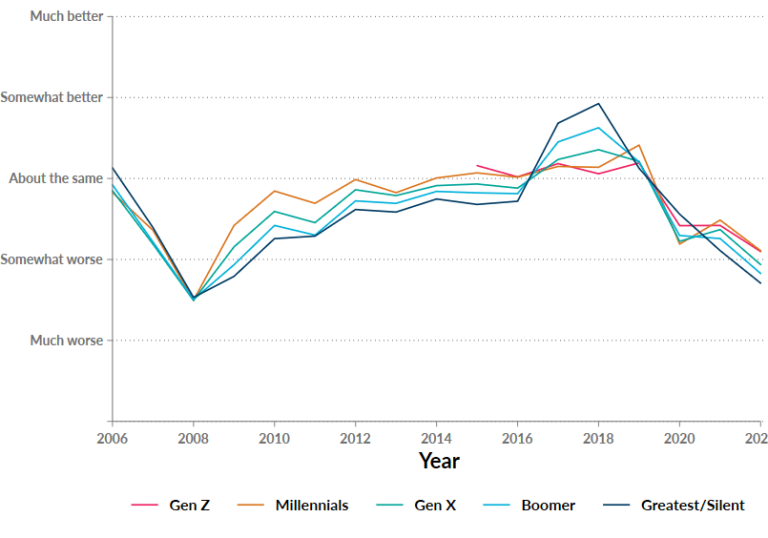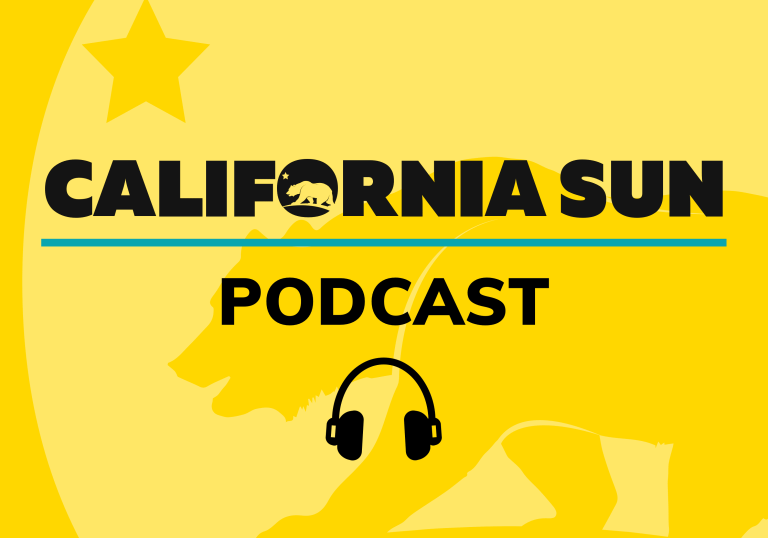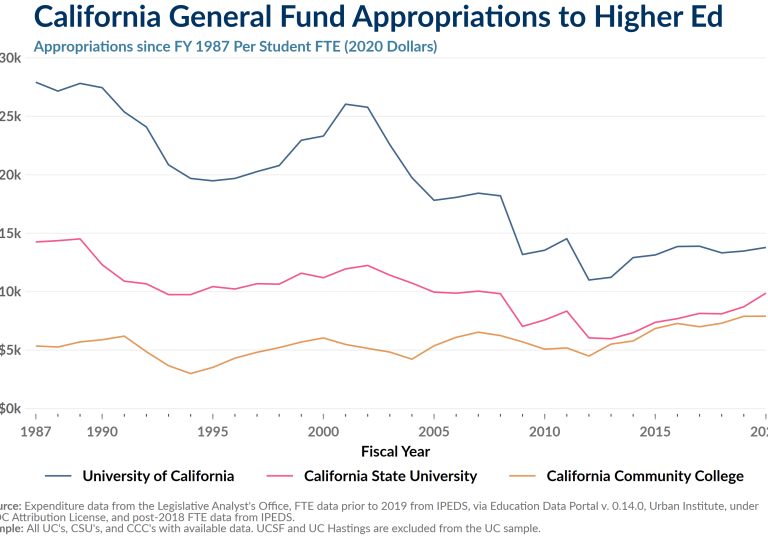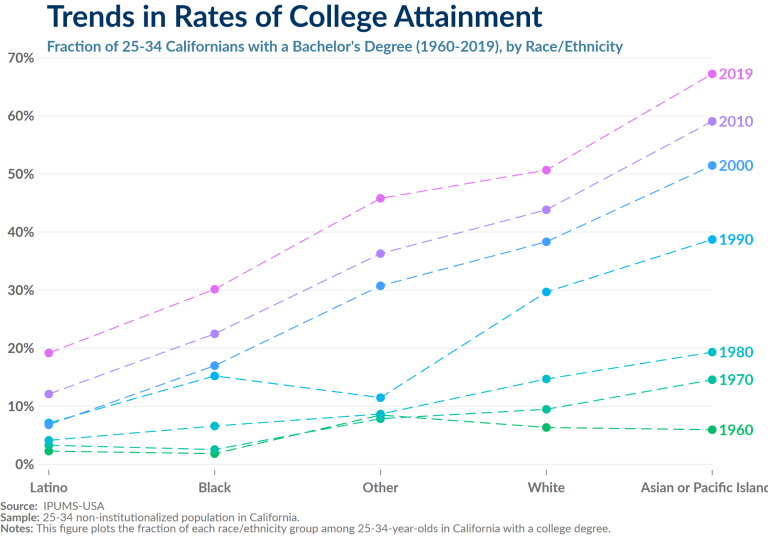Summary
Selective college admissions are fundamentally a question of tradeoffs: Given capacity, admitting one student means rejecting another. Research to date has generally estimated average effects of college selectivity, and has been unable to distinguish between the effects on students gaining access and on those losing access under alternative admissions policies. We use the introduction of the Top Ten Percent rule and administrative data from the State of Texas to estimate the effect of access to a selective college on student graduation and earnings outcomes. We estimate separate effects on two groups of students. The first–highly ranked students at schools which previously sent few students to the flagship university–gain access due to the policy; the second–students outside the top tier at traditional “feeder” high schools–tend to lose access. We find that students in the first group see increases in college enrollment and graduation with some evidence of positive earnings gains 7-9 years after college. In contrast, students in the second group attend less selective colleges but do not see declines in overall college enrollment, graduation, or earnings. The Top Ten Percent rule, introduced for equity reasons, thus also seems to have improved efficiency.










